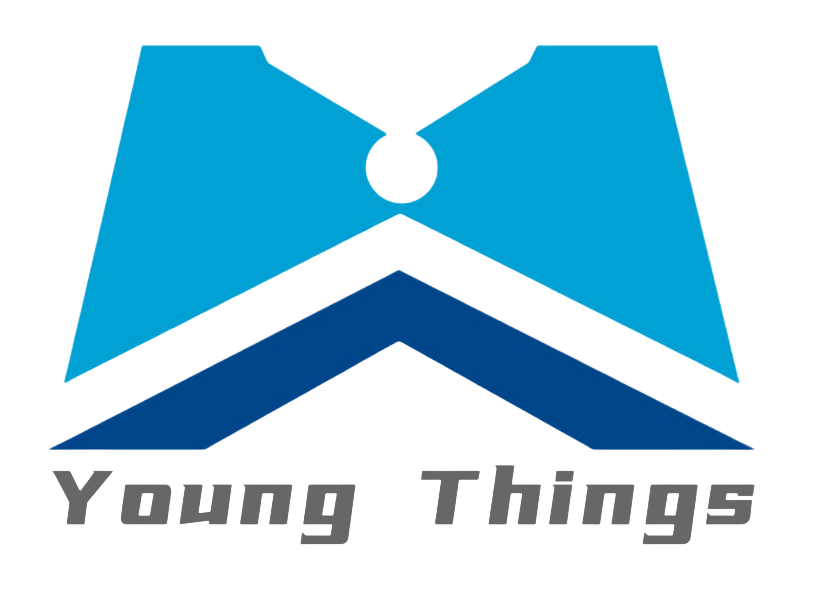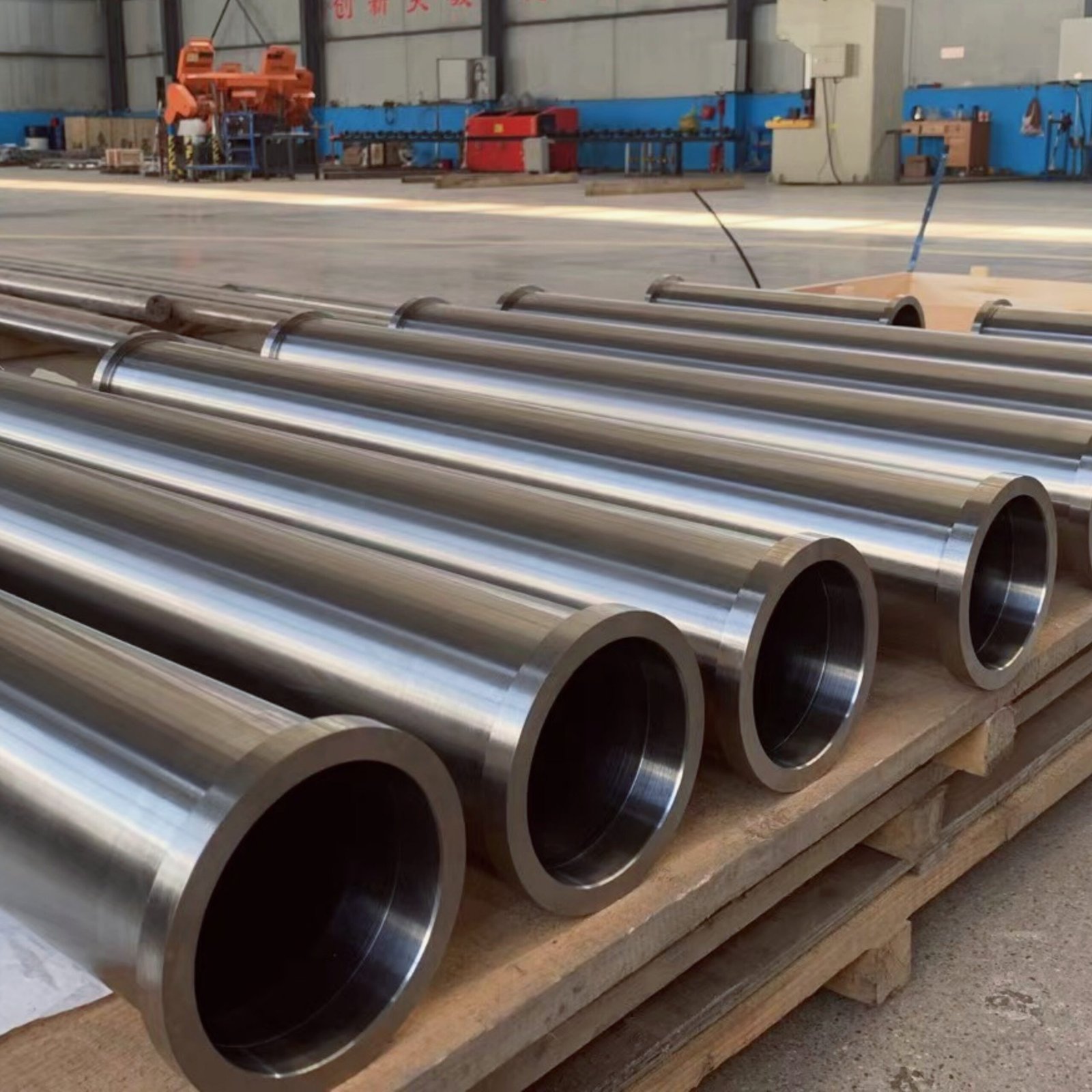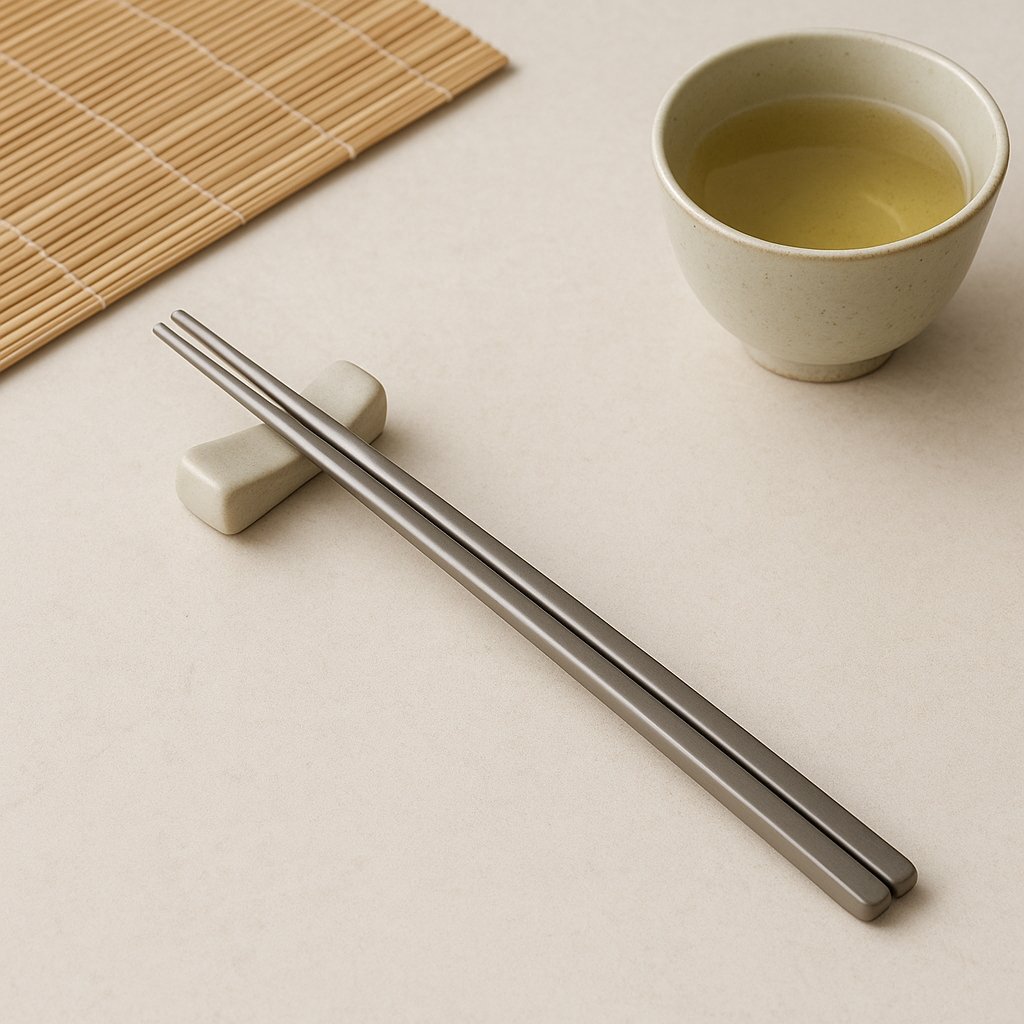1. Why Material Standards Matter More Than You Think
When it comes to sourcing titanium, it’s tempting to focus on dimensions, price, and delivery time. After all, a Grade 2 titanium bar is just a bar, right?
Not quite.
Two titanium bars can look identical—same diameter, same length, same surface finish—but perform completely differently under stress, heat, or corrosion. The difference? Often, it comes down to one crucial detail: the material standard behind it.
Material standards are the technical language that connects buyers, engineers, and manufacturers. They define what “Grade 2” or “Grade 5” really means in terms of:
- Chemical composition
- Mechanical strength
- Manufacturing process
- Surface finish and testing requirements
In other words, the standard isn't just a code on a document—it determines how the product behaves in the real world.
Let’s say you’re purchasing titanium plate for a pressure vessel. If the plate isn’t produced according to ASTM B265, you may face:
- Failures in welding
- Low ductility under stress
- Rejection in inspection or third-party audit
Or, consider buying titanium bar stock for machining into aerospace fasteners. A standard ASTM B348 bar may be sufficient for industrial use—but won’t pass the tighter restrictions of AMS 4928 required for aerospace-grade applications.
In many cases, material standards are the difference between safe performance and silent failure.
In this article, we’ll walk through:
- The most commonly used titanium material standards
- The differences between ASTM, AMS, and ISO specifications
- When each one applies and why it matters
- How to write standards correctly into purchase orders
- And a handy reference chart you can keep for future projects
Because in titanium sourcing, knowing the spec is knowing the risk.
2. Common Titanium Standards: ASTM, AMS, and ISO Material Specs
In the titanium industry, three material standards dominate the conversation: ASTM, AMS, and ISO. Each system has its own history, governing body, and technical focus—but all of them serve the same fundamental purpose: to ensure the titanium you’re buying performs the way you expect it to.
ASTM: The Industry Workhorse
Some of the most common ASTM titanium standards include:
- ASTM B348 – Titanium and titanium alloy bars and billets
- ASTM B265 – Titanium and titanium alloy plates and sheets
- ASTM B381 – Titanium forgings
- ASTM F67 / F136 – Titanium for surgical implants
- ASTM B861 / B338 – Titanium seamless pipe and tube
ASTM standards are the default language of quality for titanium mill products in most general industries.
AMS: When the Sky’s the Limit
AMS standards are primarily used in aerospace and defense. Compared to ASTM, they offer:
- Tighter composition and property tolerances
- Mandatory additional testing
- Processing and heat treatment specifications
Examples:
- AMS 4928 – Ti-6Al-4V bar
- AMS 4911 – Sheet and strip
- AMS 4930 / 4931 – Wire for aerospace fasteners
A titanium bar meeting AMS 4928 is not just a “better” ASTM bar—it’s built for flight.
ISO: The Global Language
ISO standards are especially useful in:
- Medical device manufacturing
- Pressure systems in Europe
- Global regulatory projects
Examples:
- ISO 5832-2 / 5832-3 – Surgical titanium alloys
- ISO 20160 – Wrought titanium
- ISO 13702 – Offshore structure tubing
ISO is often used in parallel with ASTM for regulatory or cross-border reasons.
3. ASTM vs AMS vs ISO: What’s the Difference and When Does It Matter?
ASTM
- Practical and industry-focused
- Used in chemical, marine, and structural industries
- Flexible testing and widely accepted
AMS
- High-spec, highly prescriptive
- Focused on aerospace and defense
- Stricter tolerances and traceability
ISO
- Globally harmonized
- Strong in regulated sectors (medical, EU, etc.)
- Often combined with ASTM for compliance
When It Matters Most
| Industry | Preferred Standards | Why It Matters |
|---|---|---|
| Aerospace | AMS + AS9100 | Flight-critical performance, traceability |
| Medical Devices | ASTM F136/F67 + ISO 13485 + ISO 5832 | Biocompatibility, CE/FDA approval |
| Chemical / Marine | ASTM B265, B348, B381 | Proven durability, industrial acceptance |
| Pressure Equipment | ASTM + PED + EN 10204 | Regulatory compliance in EU |
| Global OEM Projects | ASTM + ISO Dual Reference | Harmonization across markets |
4. How to Specify Material Standards in Titanium Orders
Start with the Full Standard
✅ Correct:
ASTM B348 Gr.5, Annealed, 25mm dia × 3000mm L
❌ Too vague:
Grade 5 titanium bar
Include Condition, Finish, Tolerances
- Annealed / Hot Worked / Cold Worked
- Turned / Ground / Polished
- Tolerances (e.g. ±0.05mm)
Example:
AMS 4928 Ti-6Al-4V bar, solution-treated and aged, ground surface, Ø16mm ±0.05mm, UT tested, 3.1 certificate.
State Certification and Testing
- EN 10204 3.1 or 3.2
- PED / CE / ISO 13485
- RoHS / REACH
- NADCAP (for aerospace processing)
Use a Checklist
- Material standard and grade
- Product form and dimensions
- Condition and surface finish
- Tolerances
- Certifications required
- Special testing
- End-use application
Appendix: Titanium Products vs. Common Material Standards – Quick Reference Table
| Titanium Product | Typical Material Standard(s) | Application Notes |
|---|---|---|
| Titanium Bar / Rod (Industrial) | ASTM B348 | Machining, structural parts |
| Titanium Plate / Sheet | ASTM B265 | Heat exchangers, chemical tanks |
| Titanium Forgings | ASTM B381 | Flanges, rings, custom parts |
| Medical Titanium Bar / Wire | ASTM F136 / F67, ISO 5832-2 / -3 | Surgical implants, dental screws |
| Aerospace Titanium Bar / Plate | AMS 4928 (bar), AMS 4911 (sheet) | Aircraft structures, engines |
| Titanium Tube | ASTM B338 / B861 | Heat exchangers, condensers |
| Titanium Anode / Electrode | ASTM B265 + Coating Specs (Ir-Ta, MMO) | Electroplating, water treatment |
| Titanium Coil Strip | ASTM B265 (cold rolled) | Forming, shielding, stamping |
| Titanium Wire (Welding/Filler) | AWS A5.16, ASTM F67 | Welding filler, 3D printing |
| Titanium Foil | ASTM B265 (thin gauge) | EMI shielding, electronics |
Conclusion: More Than Just a Code—Why Material Standards Are Strategic
Titanium is not a commodity metal. It’s used in applications where corrosion, fatigue, high temperature, or biological interaction all matter. Whether it’s in a reactor wall, a hip implant, or a wing spar, the material standard defines more than just composition—it defines performance.
ASTM, AMS, and ISO are not interchangeable. They reflect different levels of reliability, documentation, and regulatory compliance.
- ASTM is reliable and broad-use
- AMS is strict and aerospace-specific
- ISO is regulatory-ready and international
By learning how to read, apply, and communicate these standards, you’re not just buying better material—you’re buying peace of mind.
So next time someone offers you “Grade 5 titanium,” ask:
“According to which standard?”
Share this article
Written by : 钛合金网
Follow us
Table Of Content
- 1. Why Material Standards Matter More Than You Think
- 2. Common Titanium Standards: ASTM, AMS, and ISO Material Specs
- 3. ASTM vs AMS vs ISO: What’s the Difference and When Does It Matter?
- 4. How to Specify Material Standards in Titanium Orders
- Appendix: Titanium Products vs. Common Material Standards – Quick Reference Table
- Conclusion: More Than Just a Code—Why Material Standards Are Strategic



